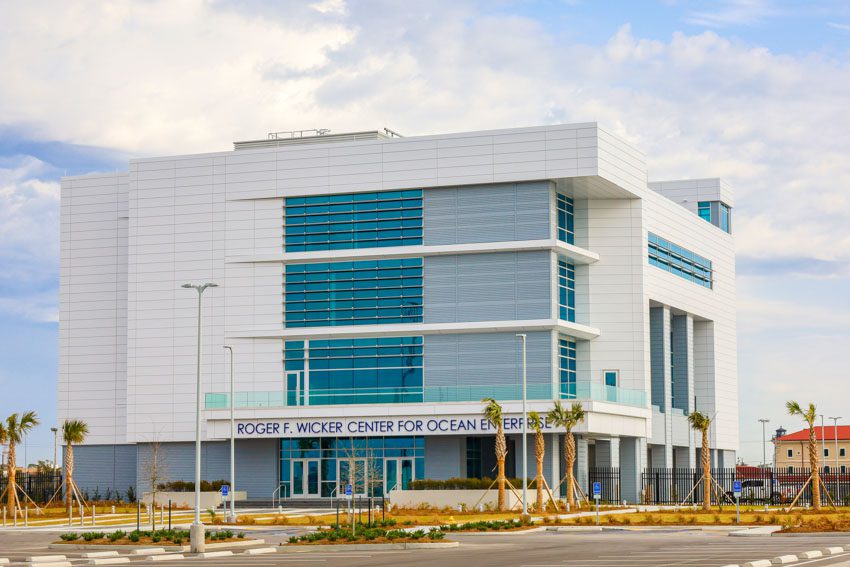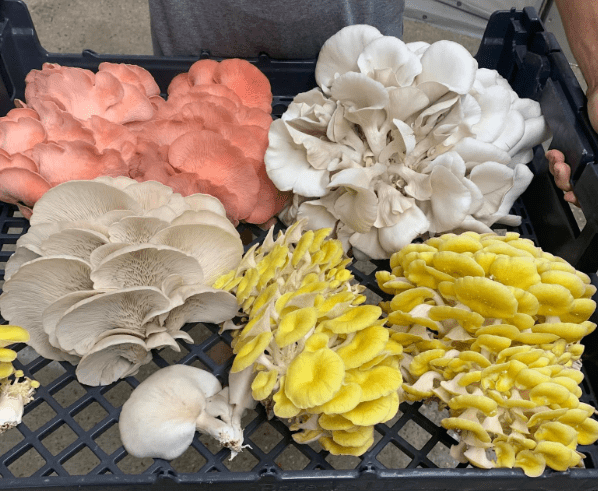
The state’s agricultural production value grew in 2022 in spite of barriers of politics or weather.
Just three months back, Mississippians celebrated Gov. Tate Reeves’ announcement of a $2.5 billion aluminum mill project in the Golden Triangle that promised 1,000 jobs at an average salary of $93,000.
Operating for a time under the code name “Project Triple Crown” and kept remarkably quiet while in the negotiation stages, Reeves called a special session of the Mississippi Legislature to approve funding incentives and a bond package to expand the Mississippi operations of Steel Dynamics Inc. to construct and operate a 650,000-ton, low-carbon recycled flat-rolled aluminum mill.

The Golden Triangle Development LINK, the Mississippi Development Authority, and other entities shared in the arduous work and ultimate success of bringing the project to fruition – and such economic development success should rightly be celebrated in Mississippi – in the same manner as Mississippians celebrated landing the Nissan and Toyota auto plants and other such projects.
At the same time, however, it’s easy to overlook an existing and renewable sector of Mississippi’s economy that is growing and expanding. Despite crop price fluctuations, higher fuel prices and other costs of production, weather pressures, global geopolitical influences and other usual market forces, the state’s agricultural production value grew in 2022.
MSU Extension agricultural economist Josh Maples said that generally “farmers are generating more revenue this year, but they are also incurring higher expense.”
The Mississippi State University Extension Service reports that in 2022, the state’s agriculture value reached $9.7 billion – with poultry production accounting for $3.8 billion, soybeans accounting for $1.8 billion and forestry posting $1.3 billion.
Rounding out the top five Mississippi crops in terms of agricultural value produced were corn at $631 million and cotton at $624 million. The sixth highest ag production in overall value was livestock at $456 million, followed by catfish production at $258 million.
Coming in at No. 8 was hay production at $164 million followed by sweet potatoes at $112 million. Specialty crops – fruit, nuts, vegetables, etc. – were 10th overall in Mississippi agriculture production at $111 million.
Rice ($97 million), wheat ($36 million) and peanuts ($13 million) rounded out major crop value data for Mississippi farmers.
While market influences, weather, and other forces are inherent in farming, Mississippi farmers have faced new challenges that were virtually impossible to foresee and even more difficult to overcome over the last year.
Regarding the impact of the war in Ukraine, the international Organization for Economic Cooperation and Development reported earlier this year: “Russia’s aggression against Ukraine has been since February 2022 undermining the latter’s capacity to harvest and export crops. Ukraine is the world’s largest sunflower seed producer and a key exporter of wheat, rapeseed, barley, vegetable oil, and maize.
“No major disruption to crop production is anticipated in Russia, but uncertainties exist over its capacity to export, although international sanctions have so far exempted both food and fertilizers. Russia is the world’s largest exporter of wheat and an important exporter of barley and sunflower seed. Russia is also a leading exporter of energy and fertilizers.”
The war in Ukraine impacts all agriculture through a constriction in the supply of fertilizers like anhydrous ammonia and the reduction of wheat and consumable oils. Couple that with a restricted ability to ship American grains including soybeans, and the higher cost of bread at your local supermarket is easier to understand.
The protracted drought in the Midwest has impacted Mississippi River shipping in a major way and directly impacted the nation’s farmers – and by extension, American consumers.
PBS reported in late November: “The Mississippi is normally one of the busiest cargo waterways in America, moving roughly 500 million tons of goods every year. More than half of all U.S. grain exports are moved on this water superhighway. But this drought, which constricts the depth and width of the river, has caused traffic jams. By some estimates, the flow of goods has been cut by 45 percent, all of which could cost the economy $20 billion in damages and losses.”
So, celebrate the $2.5 billion aluminum mill and the massive payroll it will bring to Mississippi. But remember to value the tens of thousands of jobs created in the state’s agribusiness sector that grow and strengthen in spite of barriers of politics or weather.









